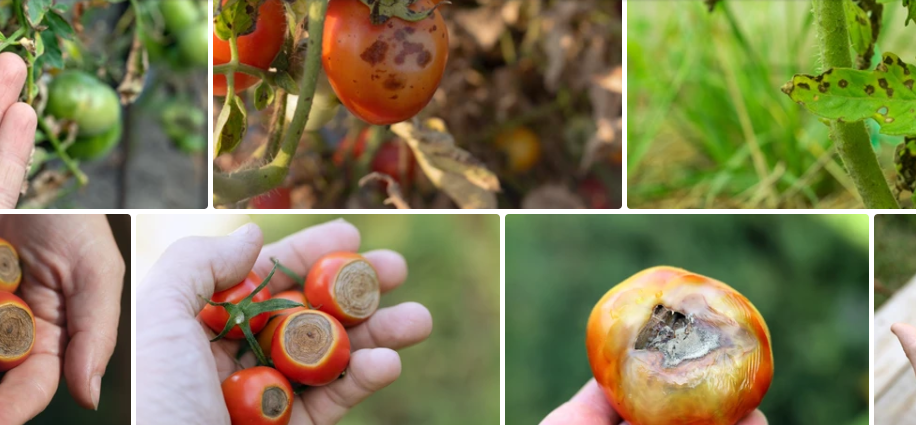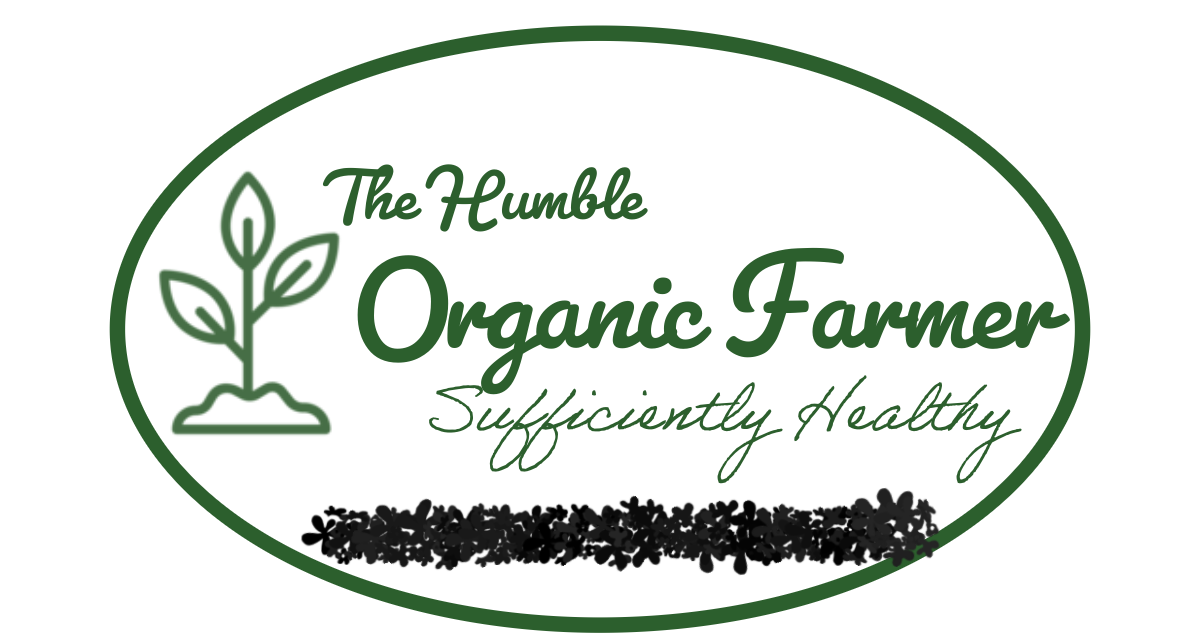Anthracnose is the name given to a group of fungal diseases that cause dark sunken lesions on leaves, stems, flowers, and fruits of many deciduous and evergreen trees, including maple, white oak, elm, and dogwood. Each species of anthracnose fungus attacks only specific tree species

This fungal disease often arrives with moist, warm weather, affecting tomatoes, cucumbers, melons,
and beans. It shows up as dark, water-soaked lesions on stems, leaves, or fruits. The
centers of these lesions often become gelatinous pink masses of spores. Your harvest can turn
into a rotting mess in a matter of a few days. It lies dormant over winter in the soil, contaminated
garden debris, and on saved seeds.
The Organic Treatment
1. Choose Resistant Varieties.
Choose resistant plant varieties when possible and use seeds that have not been exposed to the disease. If you see this fungal infection on your plant, do not save its seeds for future use.
2. Disinfect your garden.
To avoid spreading the fungus, make sure to let the garden dry before walking around in
it and disinfect your garden tools after use with bleach water (one part bleach to four
parts water).
3. Use natural Copper Spray.
All-natural copper fungicides and sulfur powders have been noted to help if applied to the
developing foliage early and continued throughout the growing season. Spray
each week early in the day before it gets hot.
4. Neem Oil Spray.
Neem oil can also help with fungal attacks. Spray every 7 to 14 days as a preventative
measure or, if already a problem, spray on a 7-day cycle until the problem resolves.
Conclusion
The use of organic methods for disease treatment may seem slow to the impatient. Prevention is always a better option before the disease can spread.
